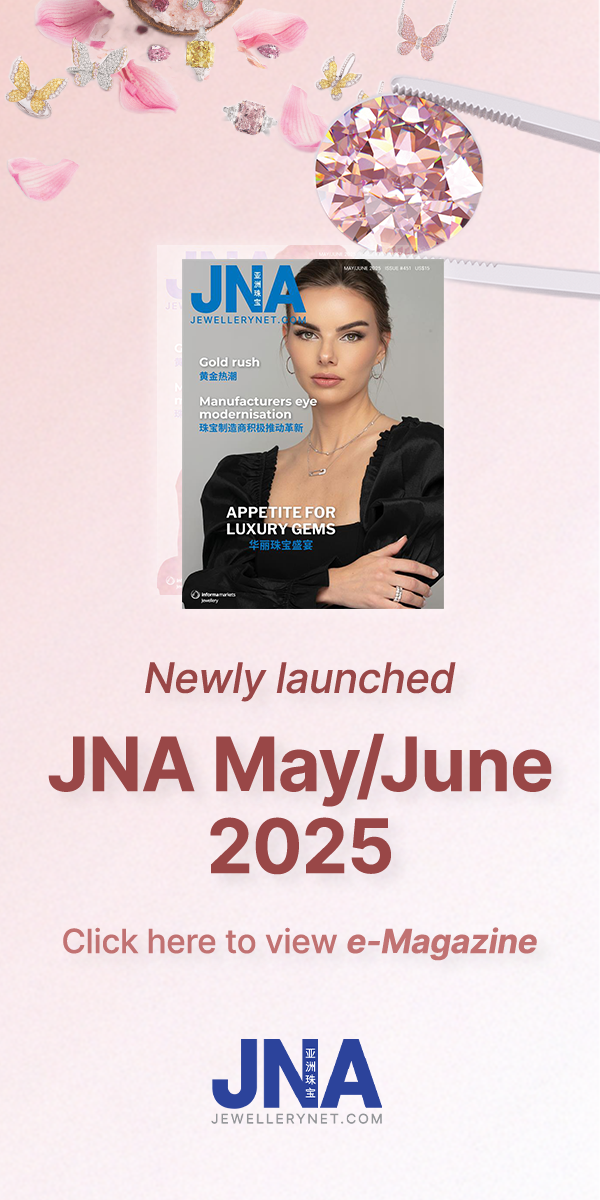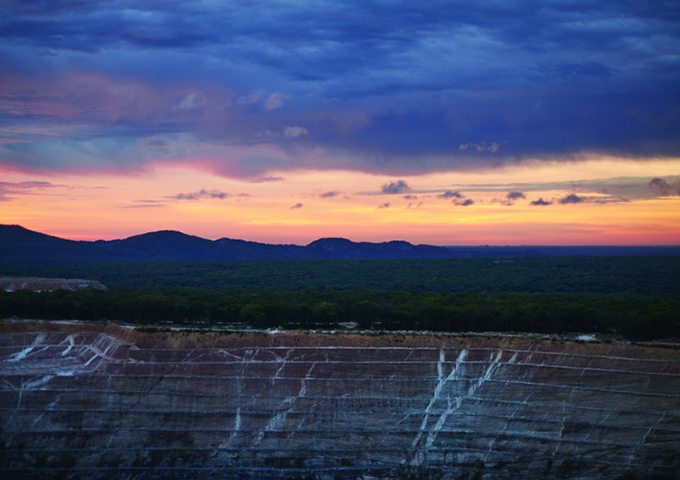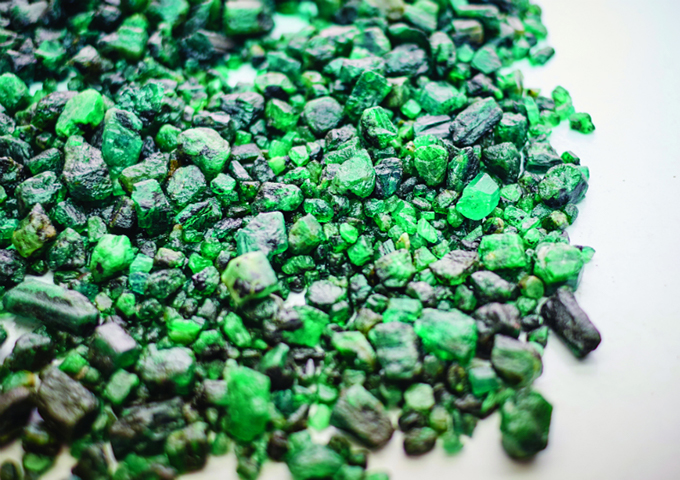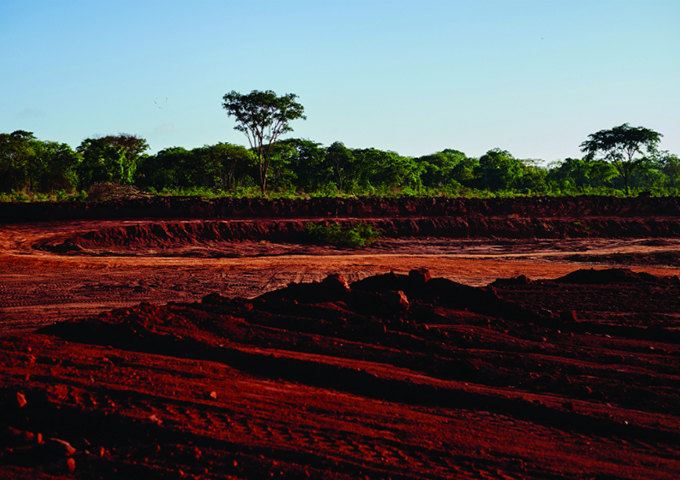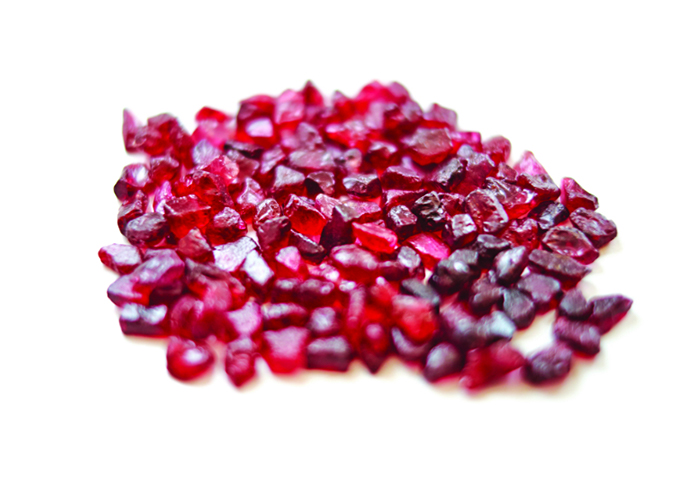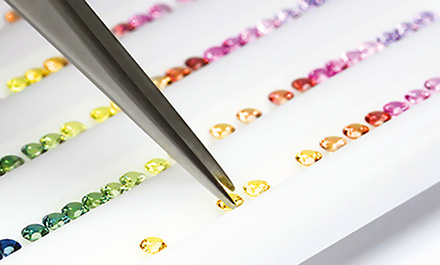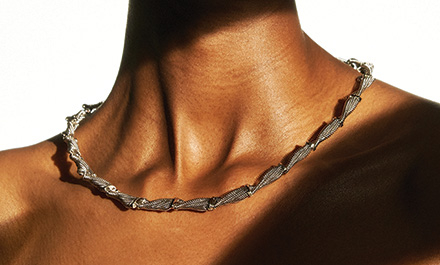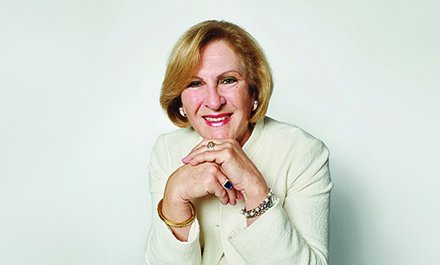Gemfields CEO Sean Gilbertson shares with JNA the company’s business strategies in China moving forward.
Coloured gemstone expert Gemfields cited rising demand for Zambian emeralds and Mozambique rubies among Chinese buyers.
In an interview, company CEO Sean Gilbertson attributed this development to a growing awareness in the industry that African gemstones are just as beautiful as their Colombian and Burmese counterparts.
Gemfields owns 75 percent of both the Kagem emerald mine in Zambia and the Montepuez Ruby Mining in Mozambique.
“African countries are now the market leaders in production, with emeralds from Zambia and rubies from Mozambique dominating. We have noticed a surge in interest from China in these gems in recent years,” disclosed Gilbertson.
Raising awareness through consumer-focused marketing is essential to ensuring that coloured gemstones are valued within the jewellery sector, he continued. There is also an increased understanding of provenance and how gemstones can be responsibly mined to have a positive impact on their countries of origin.
China
In 2019, Gemfields saw its first Chinese customer successfully win a schedule at an auction in Lusaka, Zambia.
The buyer, Lok Chen of Cai Bao Cheng, purchased 117,500 carats of large emeralds – greater than 31mm in size – which the company will cut and polish at their factory in Shenzhen. The finished pieces are destined for the Chinese domestic market, either via a wholesaler or a jewellery company.
Cai Bao Cheng is the first company to demonstrate the trend of increasing interest in Zambian emeralds coming from China.
Gilbertson also cited a surge in demand for Mozambique rubies from Asian markets, particularly China, which has a special affinity for rare gemstones. Traders are banking on the market’s traditional fondness for the ruby's vibrant red colour, which represents luck, happiness, beauty, vitality, success and good fortune.
“In terms of marketing initiatives, we see the value of promoting social responsibility and sustainability of responsible mining. Gemfields aims to pioneer the understanding of responsibly sourced coloured gemstones in the consumer market,” shared Gilbertson.
Gemfields' growth strategies in China in 2020 includes compiling research on consumer purchase insights, undertaking marketing launches and ruby masterclasses as well as participating in gem and jewellery fairs to maximise awareness on responsible sourcing.
In August last year, 10 Chinese professionals from across the gemstone business visited Gemfields' African mines to build their knowledge and passion for coloured gemstones. Hosted by the Guild Institute of Gemology, the field expedition was designed to be an intensive educational experience, providing the group with access to information and first-hand experience of Gemfields.
Guided by Gemfields' representatives, the entourage explored both the Kagem and Montepuez mines.
Gemfields is also working with the Guild Institute of Gemology to present its masterclass series across China.
The classes will be offered in Guild's classroom facilities in Shenzhen, with sessions also to be held in key cities such as Beijing, Shanghai, Chengdu, Guangzhou and Hubei Province, in cooperation with universities and trade organisations. Using Gemfields' Mozambique ruby grading gem sets, attendees will learn about colour-grading and quality assessment, treatment classification and identification, gemstone origin and supply chains.
“The first success in tender and the mine visit of 10 Chinese professionals across the gemstone industry in 2019, as well as Gemfields' ruby and emerald displays at Art021 Shanghai Contemporary Art Fair in November 2019, are expected to raise more interest from China in 2020,” noted Gilbertson.
2020 outlook
Coloured gemstones continue to gain momentum in the international trade. According to Gilbertson, the last decade saw world record prices for an emerald and a ruby surpass those of a diamond on a per carat basis, with the current auction record held by Christie's. “It surely can't be long before sapphires – a record presently held by Sotheby's – surpass diamonds too,” he stated.
The discovery of rubies in Mozambique in 2009 was also a gamechanger. Mozambique has fast become the world's top ruby exporter, yielding record-breaking auction results for Gemfields.
“Interestingly, people often forget that the laws of supply and demand apply to ‘efficient markets,’ a term that cannot yet be used for the coloured gems sector. Gemfields' Kagem mine is a case in point: Today it produces an estimated 25 percent of world emerald supply. Over the last decade, its production has tripled while prices received have increased more than six-fold,” he continued.
The company official also cited promising signs of recovery in India in 2020. The Indian market, which is crucial to the sale of commercial-quality emeralds, has been facing challenging financial conditions for some time, but it now appears to be on the road to recovery, according to Gilbertson.
The biggest hurdle for Gemfields' Kagem mine meanwhile is a 15 percent Zambian export duty on emeralds imposed in January 2019, on top of an existing 6 percent mineral royalty tax.
“Zambian emerald exporters must now pay an effective 21 percent turnover tax on their revenues, which hands the tactical advantage to other emerald-producing countries like Brazil and Colombia, neither of which have any export duty on emeralds,” revealed Gilbertson. “We continue to liaise with key government departments in seeking resolution and remain hopeful that a solution will be found.”


